Reverse Engineering Services
Unlocking Innovation Through
Reverse Engineering Services
Transforming Concepts into Precision Solutions
Complex components? Unravel the mystery with Tesla Mechanical Designs' Reverse Engineering Services. Send us a sample or a 3D scan, and our expert engineers will transform it into a precise 3D CAD model, meeting all your specifications. Our global expertise and cutting-edge technology ensure timely and accurate results, making us a trusted name in international 3D Reverse Engineering Services.
